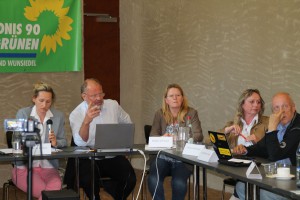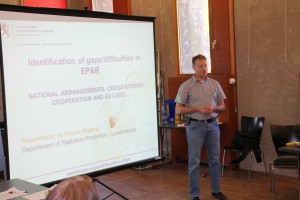NTW has organized a side event during the Meeting of the Parties of the Aarhus convention, on July, 2nd in Maastricht.
The aim was to provide an overview on our activities and to present the last news concerning the Aarhus convention and its implementation in the nuclear sector. A special focus has been put on the recent outcomes endorsed by the Meeting of the Parties of the Espoo convention.
To learn more about this, have a look on the presentations!
Introduction about NTW; NTW’s recent work; Aarhus and Espoo conventions in the nuclear sector.



You must be logged in to post a comment.